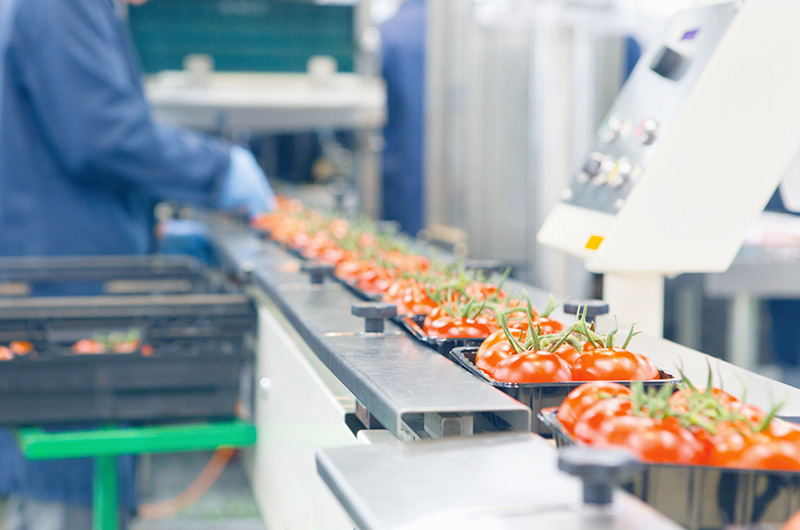The FDA is hoping to submit a final rule to the Office of the Federal Register by November 7, 2022. In January 2025, the rule will enter law, companies in the food and beverage supply chain will inevitably have a deadline to meet—and tech-enabled traceability (both backward and forward) will be the foundation for the transition.
Not only will companies of all sizes need to digitalize existing traceability workflows, thereby eliminating paper-based systems, but they will also have to develop new electronic workflows, processes and business models. These major transformations cannot be viewed as only a means to prove FSMA compliance during ad-hoc audits. Based on the FDA’s regulation, when a foodborne contamination or illness outbreak occurs, rapid product tracing will be necessary; in fact for fast removal of bad items from retail outlets and the entire supply chain, stakeholders will have to provide food traceability data to the FDA in as little as one day.
To guarantee such a quick response, stakeholders will need to develop FSMA-compliant food safety plans to assess risks associated with possible hazards, such as chemical, biological and physical risks, in the supply chain and when they are most likely to occur. Preventative controls will also have to be updated.
As a further step in ensuring FSMA compliance, real-time and continuous monitoring, thanks to intelligent supply chain platforms, will be paramount in any robust food safety plan. With these platforms, end-to-end traceability and visibility can be achieved, bringing better and more widespread transparency to the food supply chain, food origins, and all events that a food product flows through before reaching our tables.





